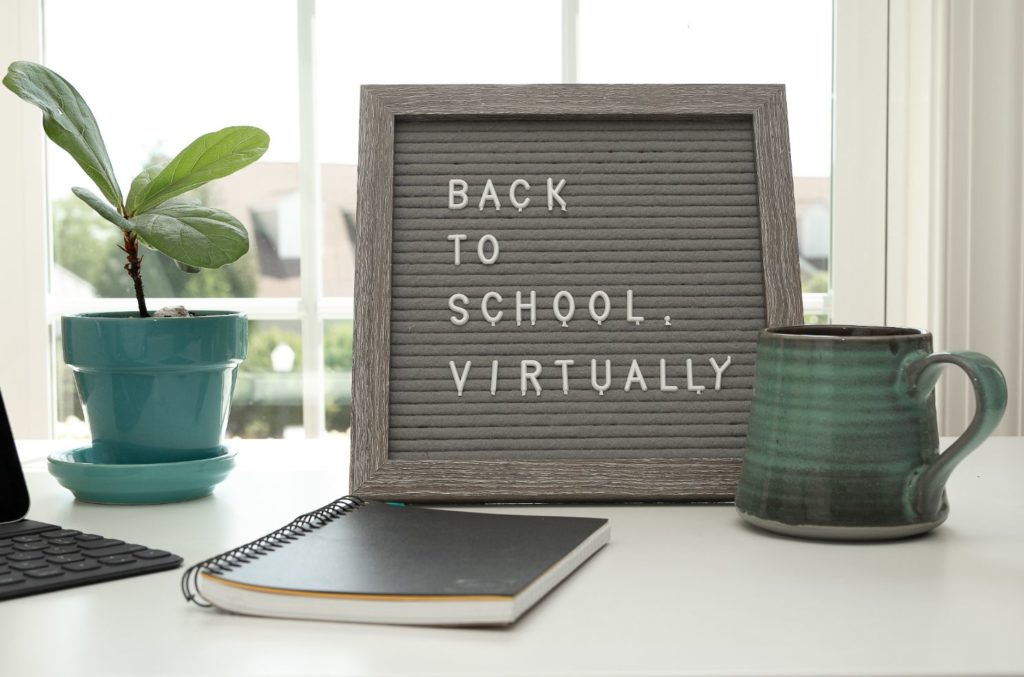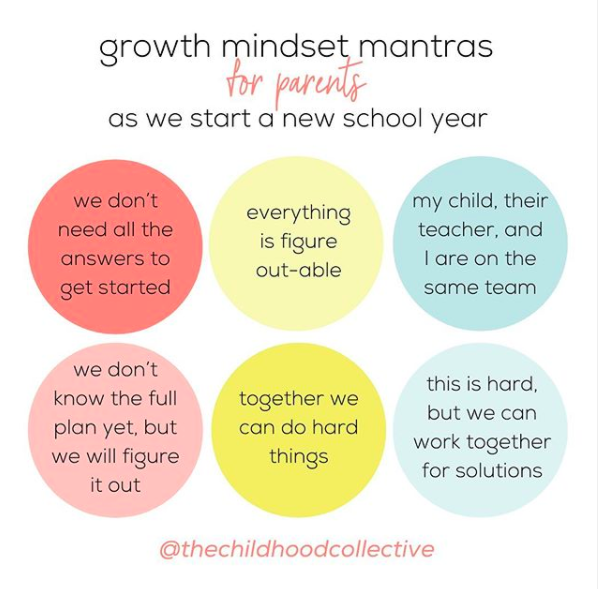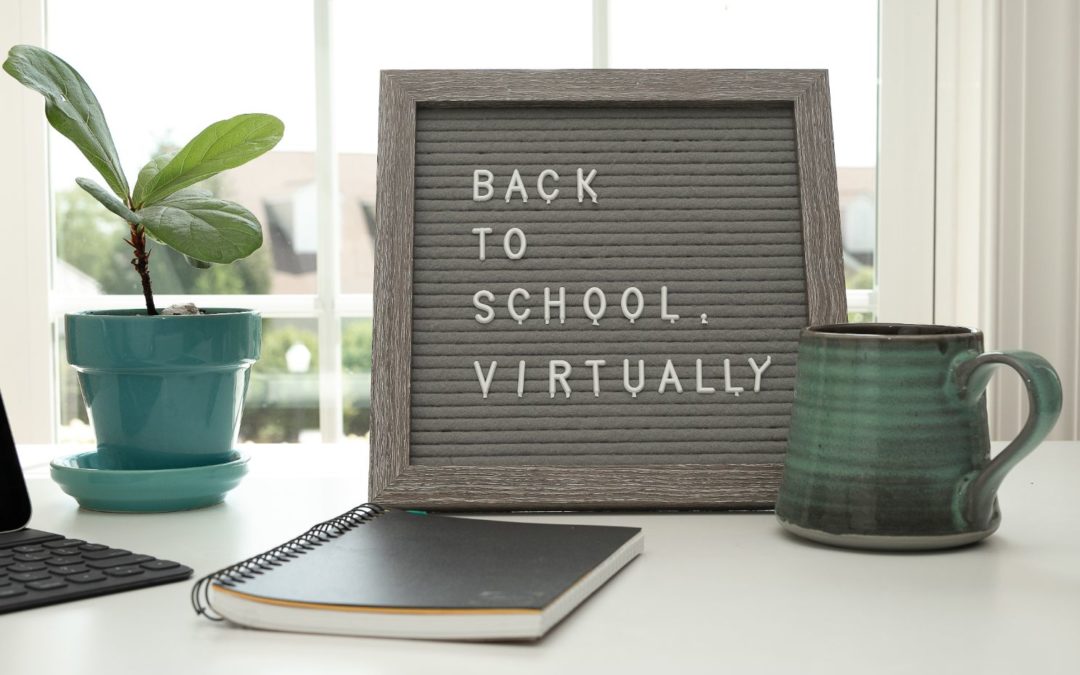Rachel VanRiper, PPD, Spec Ed. TC/RR; CI, EI, LD

Rachel’s passion for education, and service to her community is a through line of her entire life. Raised by a family of educators, Rachel grew up with a firsthand understanding that education plays a vital role in our society; a role that comes with much responsibility. Rachel graduated from Bowling Green State University’s College of Education and Human Development as an Intervention Specialist. She went onward to obtain professional certifications in the areas of Cognitive Impairment, Emotional Impairment, and Learning Disabilities. Presently, Rachel works within the Ann Arbor Public School District as Teacher Consultant for students from grades 9th through 12th at Huron High School, and she is a postpartum doula; certified through DONA International. Rachel lives with her husband Eddie (an educator!) and their son, Austin in Ann Arbor, Michigan.

Image description: A desk. On top of the desk is a keypad, a small green plant in a teal pot, a black notebook, a green and brown mug, and a framed sign with text. Text on the sign reads: Back To School, Virtually.
Are the “Back to School Blues” feeling a little bluer in 2020?
These 5 Strategies May Help.
On March 13, 2020, we packed up the necessary materials from our classrooms, offices, lockers, and desks, as we prepared to be away from school for only a few weeks. Fast forward to the present where teachers, parents, students and families everywhere, are reeling from what the last six months turned out to be. Instead of loading our shopping carts with agendas, highlighters and notebooks, we’re filling them with masks, hand sanitizer, and face shields.
With the statistics evolving daily, the uncertainty is continuing to mount and it’s resting on the shoulders of every student, parent, and teacher. How do we navigate this new normal as school starts?
As a special education teacher and a mother who’s approaching the ‘Back to School’ phase with mixed emotions, I’d like to provide a list of strategies that may help you prepare to embrace the unknown of this fall.
Show Grace
It’s important to remember that we are all experiencing a pandemic for the first time. There is no magic wand to help us navigate until we return to more recognizable times and it’s quite a weight to carry. Give yourself permission to tend to any wounds from what’s been lost before embracing what’s on the horizon. Practice showing yourself grace. Show your children grace. Show your partner grace. Show fellow teachers, administrators, and caretakers grace. This is new territory for all of us so assume the best intentions of others as often as possible. We are all in this together.

Image description: 3 BIPOC individuals are riding on bikes in a park during the daytime. 2 of the 3 individuals are adults and 1 is a child. All three individuals are smiling.
Develop a Routine
Routines are important for all children, and are crucial to the success of children with physical and psychological differences. To begin establishing a routine at home:
- Ask your child what routines looked like during a regular school day and which elements of that routine they may want to incorporate into their remote learning experience.
- Designate a space in your home that will serve as your child’s work space. Encourage your child to decorate it, and make it their own. Not only will this fuel their ownership of their work space, but it initiates a physical routine as well. It introduces a healthy separation of home and school; even while both are under the same roof.
- Stick to the agreed upon routine as much as possible, and remain flexible as you iron out the inevitable bumps in the road during the adjustment period.
Join a Community
Stay connected. Even though we remain physically distant, it is possible to participate in safe activities. Activities such as: virtual game nights, socially distant backyard hangouts, virtual book clubs, phone calls, or a walk in the park, can foster a sense of community. Avoid extended periods of isolation as much as possible.
Take Breaks
In May, New York Times contributing writer, Bryce Covert, wrote a piece entitled “It’ Ok to Not Be a Perfect Quarantine Employee.” Bryce highlighted the emotions felt by many parents who were either working from home by necessity, or who were essential workers trying to find childcare, each struggling to balance their home and professional lives.
The article recommended to cut yourself slack as parents and as employees. The reality for many parents this fall is being both a full time employee in their chosen career path and a part/full time teacher to their children. The reality for others was making the devastating choice to give up a career in order to adequately tend to the needs of their children at home.
No matter what category you find yourself in, it’s important to take breaks when you need them. Allow lunch time to be a picnic in the yard or at a local park. Grab that extra cup of coffee when you need it; even if it’s 5:00pm. Give your brain and eyes a break from screens to take a walk. 5 minutes. 30 minutes. Give yourself and your children the breaks needed in order to stay ahead of any potential looming feelings of burnout.

Image description: 3 members of an interracial family are enjoying a picnic. They are seated on top of a red and white picnic blanket. Green grass is in the background. 2 of the 3 individuals are adults and 1 is a child. The child is smiling while eating a piece of baguette bread. Apples, and grapes are in baskets on the picnic blanket.
Recognize the Needs of Loved Ones
In his book, Playful Parenting, psychologist Lawrence J Cohen wrote: “Children don’t say, “I had a hard day at school today; can I talk to you about it?”
They say, “Will you play with me?”
Children won’t always know how to ask for what they need when it comes to emotional support. But they do have various ways of asking you to spend time with them. Recognize that this may be their way of telling you they’re feeling overwhelmed or scared in this time of uncertainty too.
Pay attention to any changes in the behavior of your loved ones, and keep the lines of communication open. As a parent or caretaker, know who your child’s support system is within their school. If your child receives specialized services, keep those providers updated on your observations so they can continue to offer the appropriate level of support.

Image description: A graphic design by the artist @thechildhoodcollective. Title of graphic reads: Growth Mindset Mantras For Parents As We Start A New Year. 6 mantras are shown, each in a different color circle; colors red, blue, green, yellow. Mantras: we don’t need all the answers to get started; everything is figure out-able; my child, their teacher, and I are on the same team; we don’t know the full plan yet, but we will figure it out; together we can do hard things; this is hard but we can work together for solutions.
Photo Credit: @thechildhoodcollective
All we know for sure is that school will be happening this fall. It will look and feel different for each of us. Try not to assume that your situation is identical to anyone else’s, even if their district’s back-to-school plan is similar to yours. Remember, decisions that feel easy for you may be painstaking for others. The schooling options that bring you comfort may have left others feeling helpless.
Be kind. Be patient. Be open. Be a neighbor. We’ll figure this out together.

